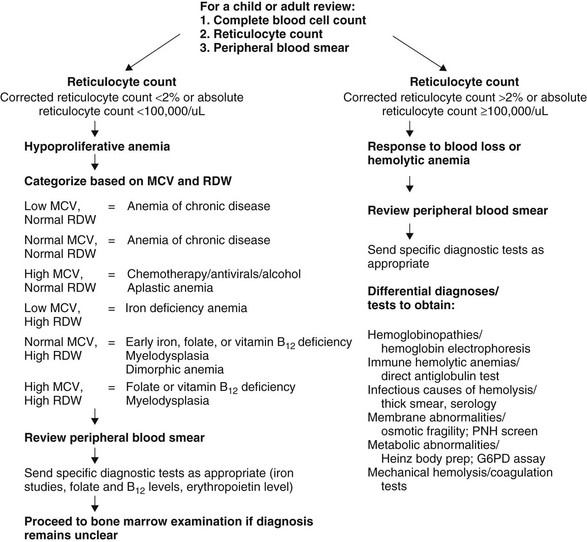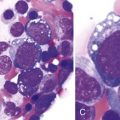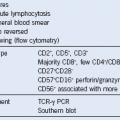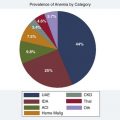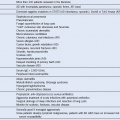Chapter 7 Approach to Anemia in the Adult and Child
Table 7-1 Usefulness of the Reticulocyte Count in the Diagnosis of Anemia*
| Diagnosis | Value |
|---|---|
| Hypoproliferative Anemias | Absolute Reticulocyte Count <75,000/µL |
| Anemia of chronic disease | |
| Anemia of renal disease | |
| Congenital dyserythropoietic anemias | |
| Effects of drugs or toxins | |
| Endocrine anemias | |
| Iron deficiency | |
| BM replacement | |
| Maturation Abnormalities | Absolute Reticulocyte Count <75,000/µL |
| Vitamin B12 deficiency | |
| Folate deficiency | |
| Sideroblastic anemia | |
| Appropriate Response to Blood Loss or Nutritional Supplementation | Absolute Reticulocyte Count ≥100,000/µL |
| Hemolytic Anemias | Absolute Reticulocyte Count ≥100,000/µL |
| Hemoglobinopathies | |
| Immune hemolytic anemias | |
| Infectious causes of hemolysis | |
| Membrane abnormalities | |
| Metabolic abnormalities | |
| Mechanical hemolysis |
BM, Bone marrow.
*Note that reticulocyte counts in the range of 75,000 to 100,000/µL can sometimes be associated with appropriate response to blood loss or hemolytic anemia.
Table 7-2 Comparison of the More Common Causes of Anemia in Children and Adult
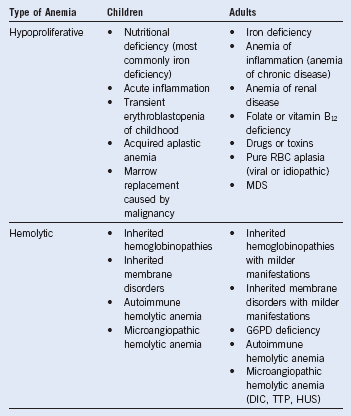
DIC, Disseminated intravascular coagulation; G6PD, glucose-6-phosphate dehydrogenase; HUS, hemolytic uremic syndrome; MDS, myelodysplastic syndrome; RBC, red blood cell; TTP, thrombotic thrombocytopenic purpura.
Table 7-3 Usefulness of the Mean Corpuscular Value and Red Blood Cell Distribution Width in the Diagnosis of Anemia

MCW, Mean corpuscular value; RDW, red blood cell distribution width.
